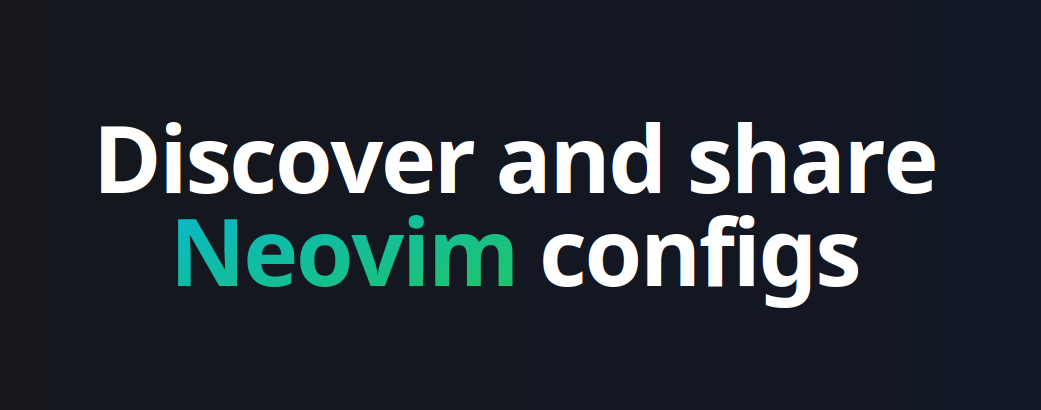

It scrolls smoothly, it doesn’t snap line by line. Although once the scroll animation is complete the final positions of lines and columns do end up aligned to a grid.
Neovim (as opposed to Vim) is not limited to terminal rendering. It’s designed to be a UI-agnostic backend. It happens that the default frontend runs in a terminal.










I think you can mount an ISO image under your running system and make changes. I found a couple of guides that might be helpful:
How to Mount an ISO File on Linux
Edit and repack .iso bootable image
I haven’t done this before, but I think you can
chrootinto the mount directory, and run package manager commands in the mounted image to install another package.Or I have an alternative suggestion that might or might not be easier. I’ve been hearing a lot about immutable/atomic distros, and people designing their own images. You could make your own ublue image, for example, with whatever you want on it.
A promising looking starting point is github:ublue-os/startingpoint. Ignore the “Installation” instructions, and follow the “ISO” instructions instead.
Or I saw recently an announcement of a new way to build atomic images that is supposed to be easier than ever, BlueBuild